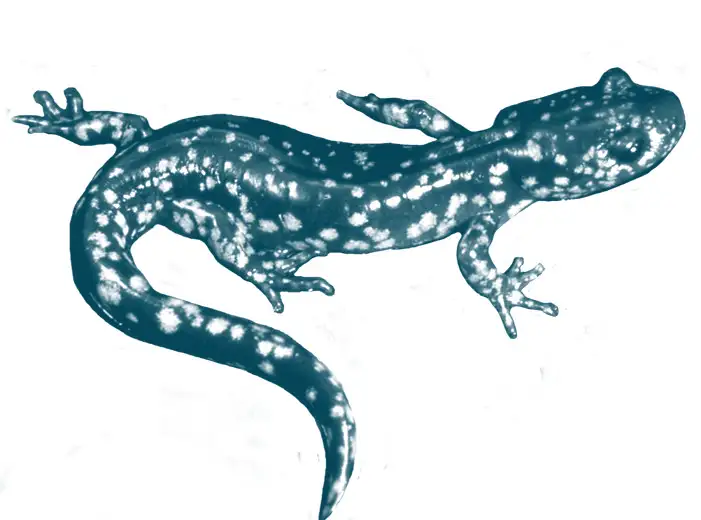What are Salamander Crossing Brigades?
For many years, we’ve organized brigades of volunteers who help amphibians reach their breeding habitat by giving them a lift across roads. Volunteers also collect & submit data on the amphibians – allowing us to assess the health of our wetland ecosystems. Crossing guards not only save individual amphibians, they safeguard future populations of frogs and salamanders.
Ideal Crossing Conditions
- Between late March and late April
- After the ground has thawed
- Temperatures near or above 40° F
- When it’s raining or very wet
- At night
Note: Later in the season, amphibians may migrate if conditions are damp.




































